The Re-Set Process for Educators: Self Care in the Time of COVID-19
August 4, 2020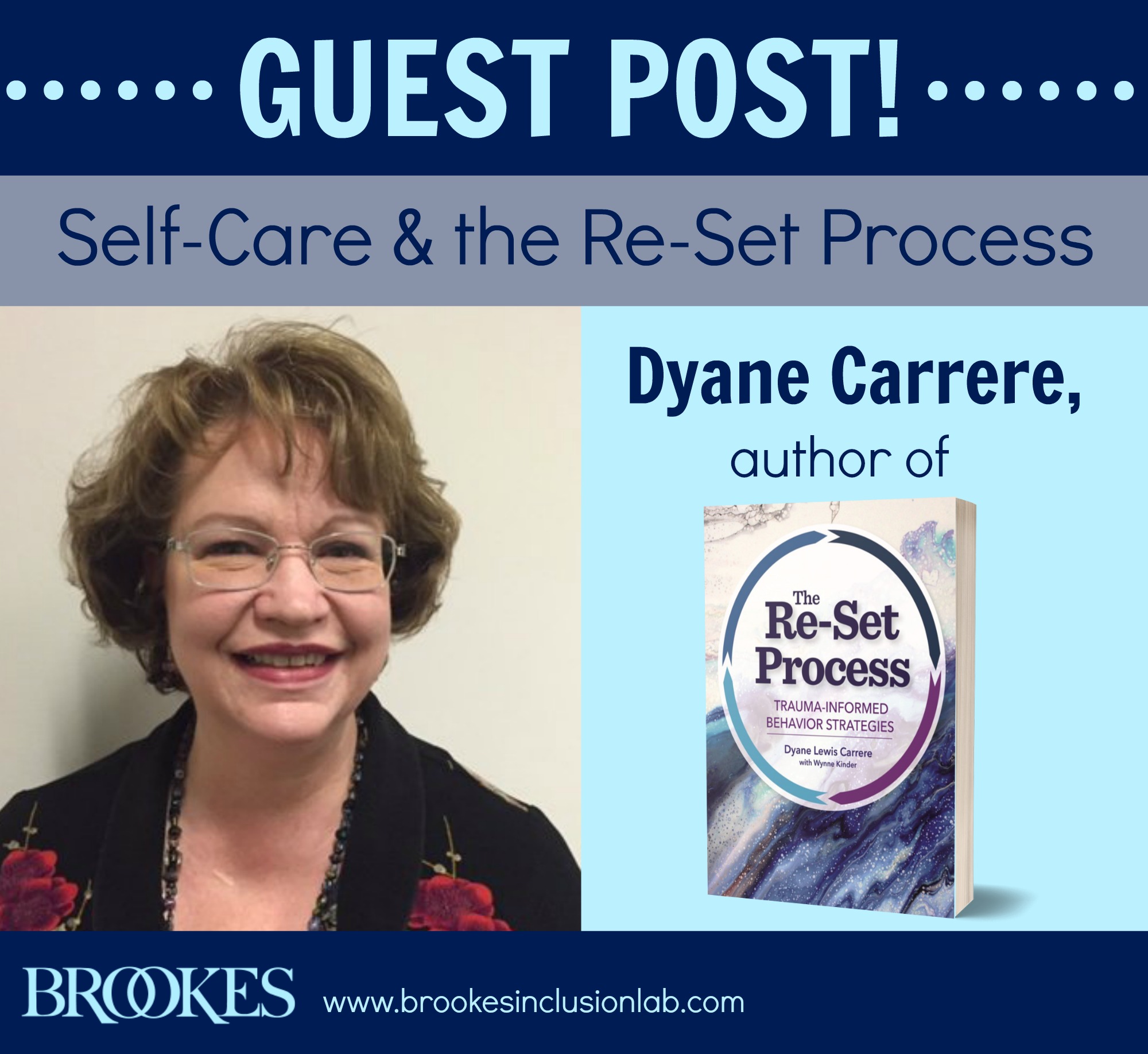
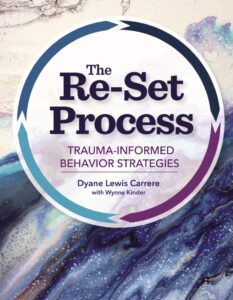 Self-regulation—for both students and teachers—will be an important protective factor in virtual and in-person classrooms across the country as a challenging new school year gets underway. Today the Inclusion Lab is pleased to welcome an expert on this topic: Dyane Carrere, author of the upcoming book The Re-Set Process: Trauma-Informed Behavior Strategies. Because self-regulation for adults is the foundation for effective student regulation, Dyane will focus today on how stressed teachers and other adults can use her neuroscience-based Re-Set Process as a critical self-care strategy. Then next week, Dyane will be back to outline a group strategy you can use to help students get regulated and ready to learn.
Self-regulation—for both students and teachers—will be an important protective factor in virtual and in-person classrooms across the country as a challenging new school year gets underway. Today the Inclusion Lab is pleased to welcome an expert on this topic: Dyane Carrere, author of the upcoming book The Re-Set Process: Trauma-Informed Behavior Strategies. Because self-regulation for adults is the foundation for effective student regulation, Dyane will focus today on how stressed teachers and other adults can use her neuroscience-based Re-Set Process as a critical self-care strategy. Then next week, Dyane will be back to outline a group strategy you can use to help students get regulated and ready to learn.
Let’s get started! I’ll give Dyane the floor now:
***
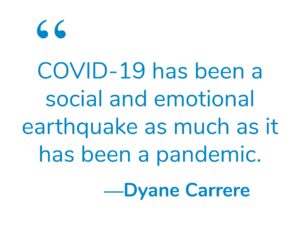 COVID-19 has been a social and emotional earthquake as much as it has been a pandemic. It has shaken everyone, created faults in our connections, more fully unearthed inequities, and crumbled many of our community structures so they are only somewhat recognizable. No sooner do we begin to feel like we have gotten our feet underneath us than the ground shifts again.
COVID-19 has been a social and emotional earthquake as much as it has been a pandemic. It has shaken everyone, created faults in our connections, more fully unearthed inequities, and crumbled many of our community structures so they are only somewhat recognizable. No sooner do we begin to feel like we have gotten our feet underneath us than the ground shifts again.
As we consider how to return to school, this pervasive sense of unsteadiness seems to be expanding. The more we strategize, the more we are aware of the enormous complexity of the task before us and our school systems. No direction seems clear, nothing seems predictable, so much seems beyond our control, and there is a looming sense that very little feels truly safe. Our stress levels soar with each aftershock of news, with each decision being made. We worry about our health and the health of our families and colleagues, we are learning new technologies and protocols at warp speed, we are contemplating how to navigate a highly politicized environment, and we struggle with finding the balance between the competing demands of our professional and personal lives.
If we are going to be ready to get back in our classrooms (whether in-person or virtual), we as educators will need ways to deal with this ongoing stress on our minds and bodies. There is, of course, no single method that will address all the stress related to COVID-19’s complex challenges, but we do know from neuroscience that one way to provide a sense of inner stability is found in self-regulation.
Self-Regulation and the Re-Set Process
So, what exactly is self-regulation? It’s the ability to manage one’s physical activity, attention, and emotions in order to function successfully in the world. And that’s particularly challenging to do when one is overwhelmed with stress. To address the self-regulation needs of children with trauma histories, I developed the neuroscience-based Re-Set Process as a de-escalation process as well as a social and emotional instructional strategy. In these chaotic times, however, Re-Set has found a broader application for adults.
Think about these past few months and how stress has shown up in your life. Have you found yourself in a flurry of activity, using busyness as a shield? Have you been more prickly than usual, everything fraying your last nerve? Have you experienced a closing inward, an inability to move forward? Whether our stress manifests in flight, fight, or freeze, if we engage in activities that move us to a more regulated state, we are better positioned to think more clearly, to be our best selves, and to cope with our stressors in a healthy manner.
 I invite you to consider integrating this adapted form of the Re-Set Process into your life as a routine mental health practice. Re-Set meets our physiological systems where they are and brings us to a more focused, comfortable state, and it rids our bodies and brains of stress chemicals that negatively impact our physical wellbeing. The really great news is that it accomplishes all of this in a much more effective and efficient manner than many other methods we might use to deal with our stress—requiring only about 5 minutes to shift your regulation status.
I invite you to consider integrating this adapted form of the Re-Set Process into your life as a routine mental health practice. Re-Set meets our physiological systems where they are and brings us to a more focused, comfortable state, and it rids our bodies and brains of stress chemicals that negatively impact our physical wellbeing. The really great news is that it accomplishes all of this in a much more effective and efficient manner than many other methods we might use to deal with our stress—requiring only about 5 minutes to shift your regulation status.
Six Steps for Stressed Adults
What does Re-Set look like for us as stressed-out adults? There are two different sequences, depending on how you manifest your stress.
If you find your stress causes you to feel jittery and overly jumpy, follow this sequence:
- Do a large, patterned, repetitive movement to an even count: 10-20 repetitions of it.
Possible options: lunges, marching in place, wall push-ups, planks, big arm circles, toe “rises” (pushing up onto your toes), chair push-ups (place your hands on the outside of your thighs and raise yourself slightly or completely off the seat of your chair), running in place, jumping jacks.
- Transition to a more controlled movement.
Possible options: do smaller arm circles, hold a yoga position, pull yourself up on to your toes and hold to a count of 10, do slow toe touches, squeeze your hands tightly for a moment but then let them soften and relax, spend more time relaxing and noticing the feeling of looseness.
- Tune into your senses.
Possible options: perhaps pick up and object and notice some of its characteristics—its weight, its texture, its colors, its smell. Pay attention to something you see, something you can touch, and something you hear.
- Breathe slowly in through your nose and then exhale a very long slow breath through your mouth.
Do this three times, paying more attention to the long, slow exhalation.
- Do a relatively simple mental task.
Possible ideas: think of how many different words you know for bodies of water, skip count by fours, think of 6 words you know in a different language, say the ABCs backwards, think of synonyms for large.
- Re-focus on what you need to move to next. Identify the first step and…go!
If you find your stress causes you to feel pulled in and shut down, your order of activities is a bit different, so follow this sequence:
- Breathe slowly in through your nose and then exhale a very long slow breath through your mouth.
Do this three times, paying more attention to the long, slow exhalation.
- Tune into your senses.
Possible options: perhaps pick up and object and notice some of its characteristics: its weight, its texture, its colors, its smell. Pay attention to something you see, something you can touch, and something you hear.
- Transition to a controlled movement.
Possible options: do smaller arm circles, hold a yoga position, pull yourself up on to your toes and hold to a count of 10, do slow toe touches, squeeze your hands tightly for a moment but then let them soften and relax, spend more time relaxing and noticing the feeling of looseness.
- Do a large, patterned, repetitive movement to an even count: 10-20 repetitions of it
Possible options: lunges, marching in place, wall push-ups, planks, big arm circles, toe “rises” (pushing up onto your toes), chair push-ups (place your hands on the outside of your thighs and raise yourself slightly or completely off the seat of your chair), running in place, jumping jacks.
- Do a simple mental task.
Possible ideas: think of how many different words you know for bodies of water, skip count by fours, think of 6 words you know in a different language, say the ABCs backwards, think of synonyms for large.
- Re-focus on what you need to move to next. Identify the first step and…go!
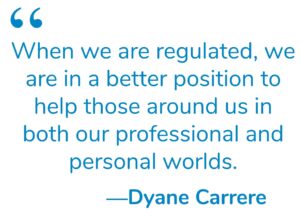 Pretty simple, right? Once you internalize these steps, you can implement the process whenever and (almost) wherever you need it! It will help you focus better and be both mentally and physically healthier. There is a valuable bonus too—when we are regulated, we are in a better position to help those around us in both our professional and personal worlds. Remember, an empty vessel cannot fill another.
Pretty simple, right? Once you internalize these steps, you can implement the process whenever and (almost) wherever you need it! It will help you focus better and be both mentally and physically healthier. There is a valuable bonus too—when we are regulated, we are in a better position to help those around us in both our professional and personal worlds. Remember, an empty vessel cannot fill another.
***
Thanks to Dyane Carrere for being here today and showing step-by-step how to use the Re-Set Process for adult self-care. Be sure to read part 2 of this guest post, in which Dyane reveals how to use the Re-Set Process with groups of stressed students—whether you’re working with them in a physical classroom or virtually—to help improve their social, emotional, and academic outcomes.
EXPLORE THE BOOK
 The Re-Set Process
The Re-Set Process
Trauma-Informed Behavior Strategies
By Dyane Lewis Carrere, M.Ed., with Wynne Kinder, M.Ed.
When students with histories of trauma struggle with self-regulation and challenging behaviors, traditional interventions often fall short. Educators need a clear and consistent trauma-informed process to help students re-regulate and return to learning—and that’s what they’ll find in this reader-friendly guide to the Re-Set Process, a neuroscience-based approach to improving behavioral success in children from Grades K–8.
In addition to supporting implementation of the Re-Set Process, this comprehensive guide examines the science of trauma that is most relevant to educators, explains how that trauma impacts students’ functioning, and provides the reader with a wide array of practical strategies for meeting trauma-based needs. Readers will also get a complete package of more than 30 online downloads to help them implement the Re-Set Process, including planning forms, blank templates, activity sheets, and a book study guide suitable for individuals and groups.
LEARN MORE NOW

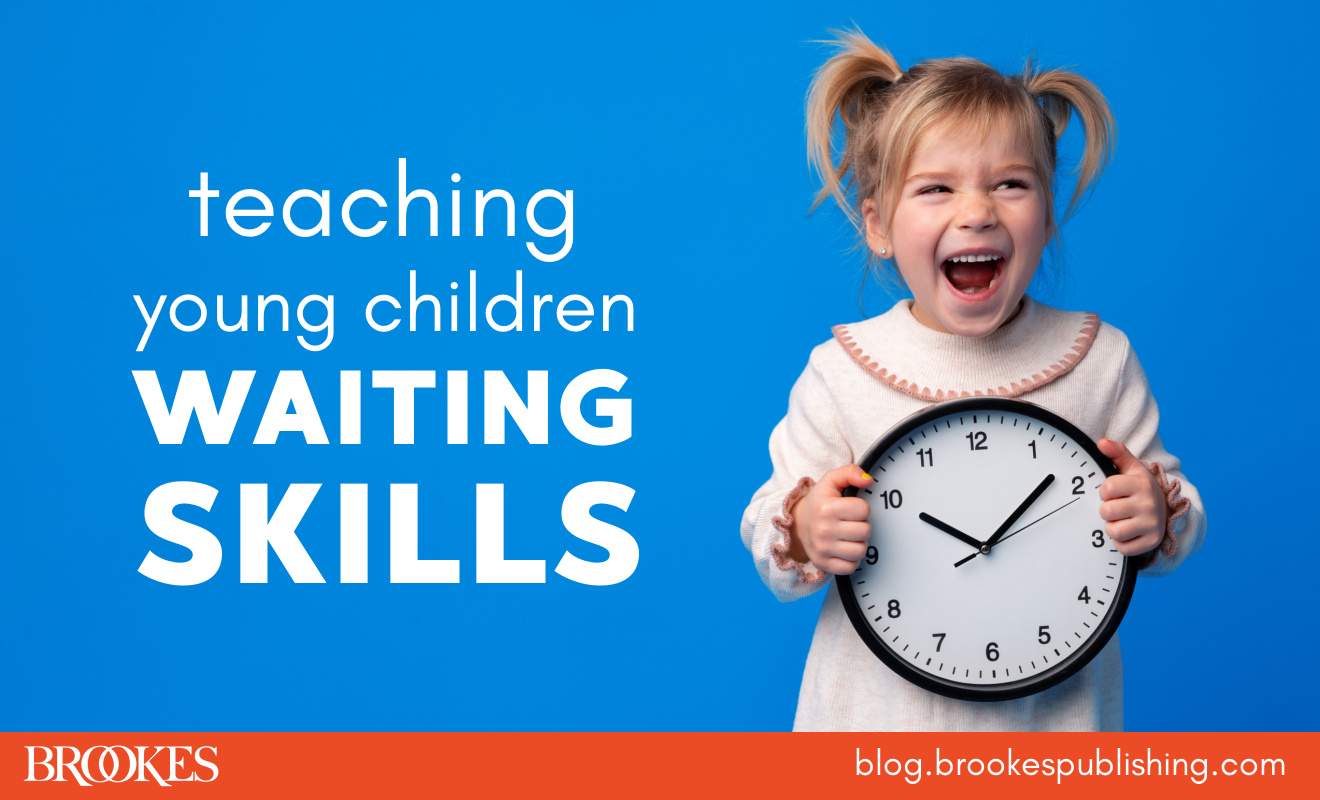
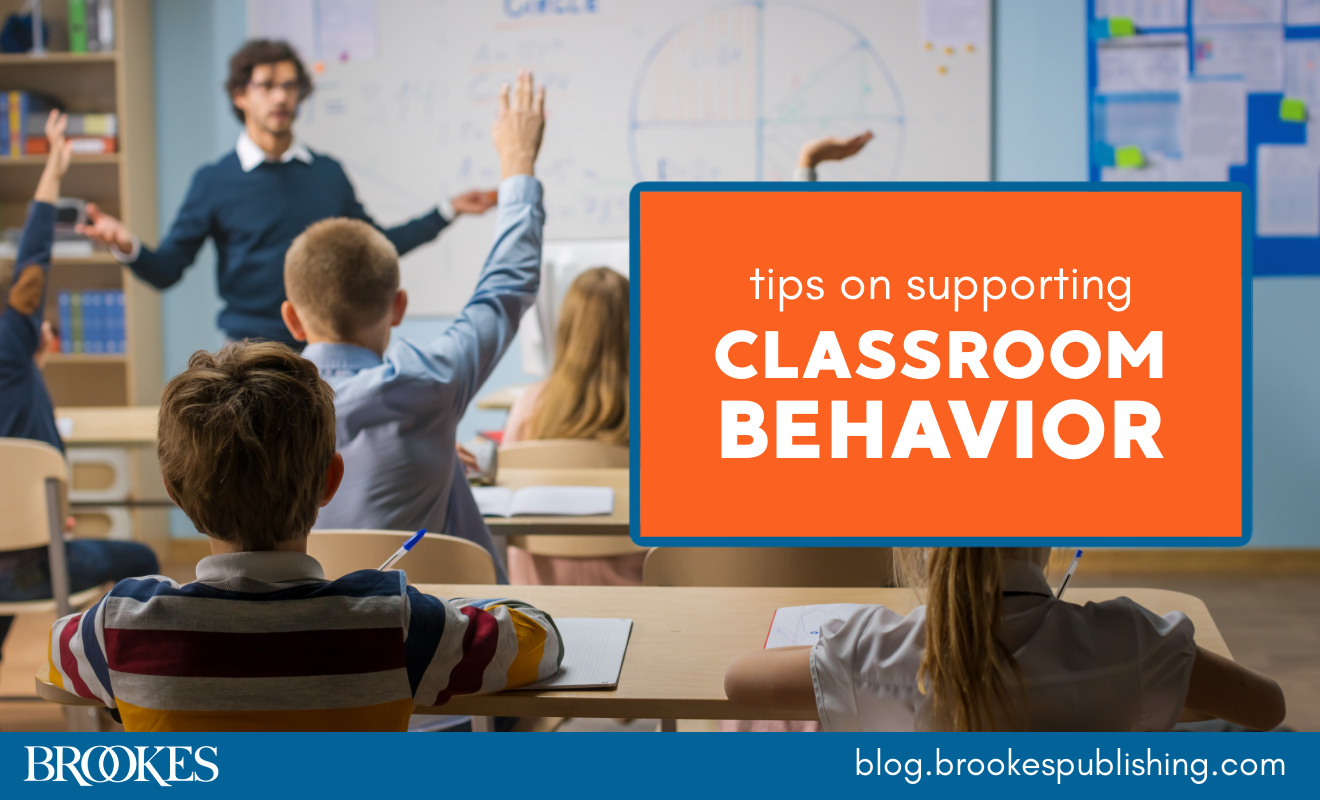
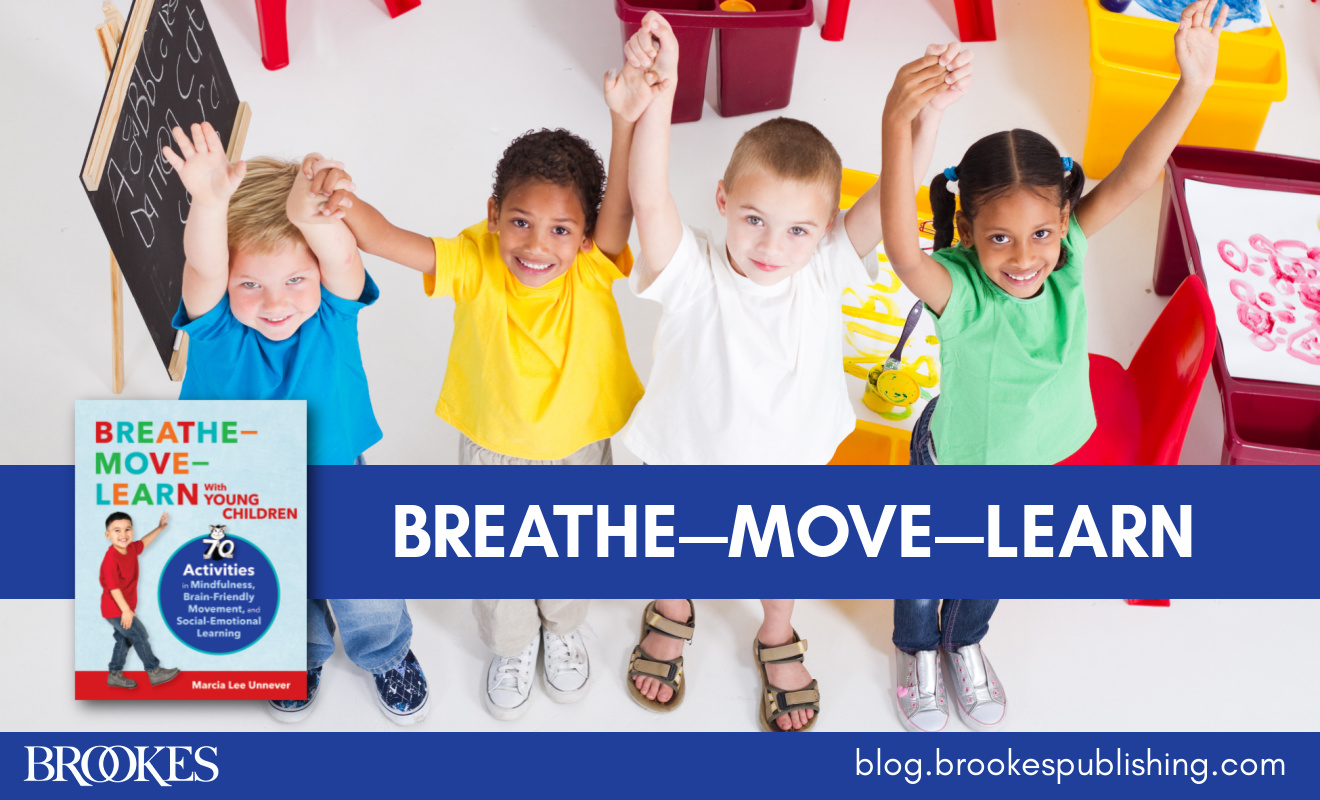
Write a Comment
Your email address will not be published. Required fields are marked *
Post a Comment